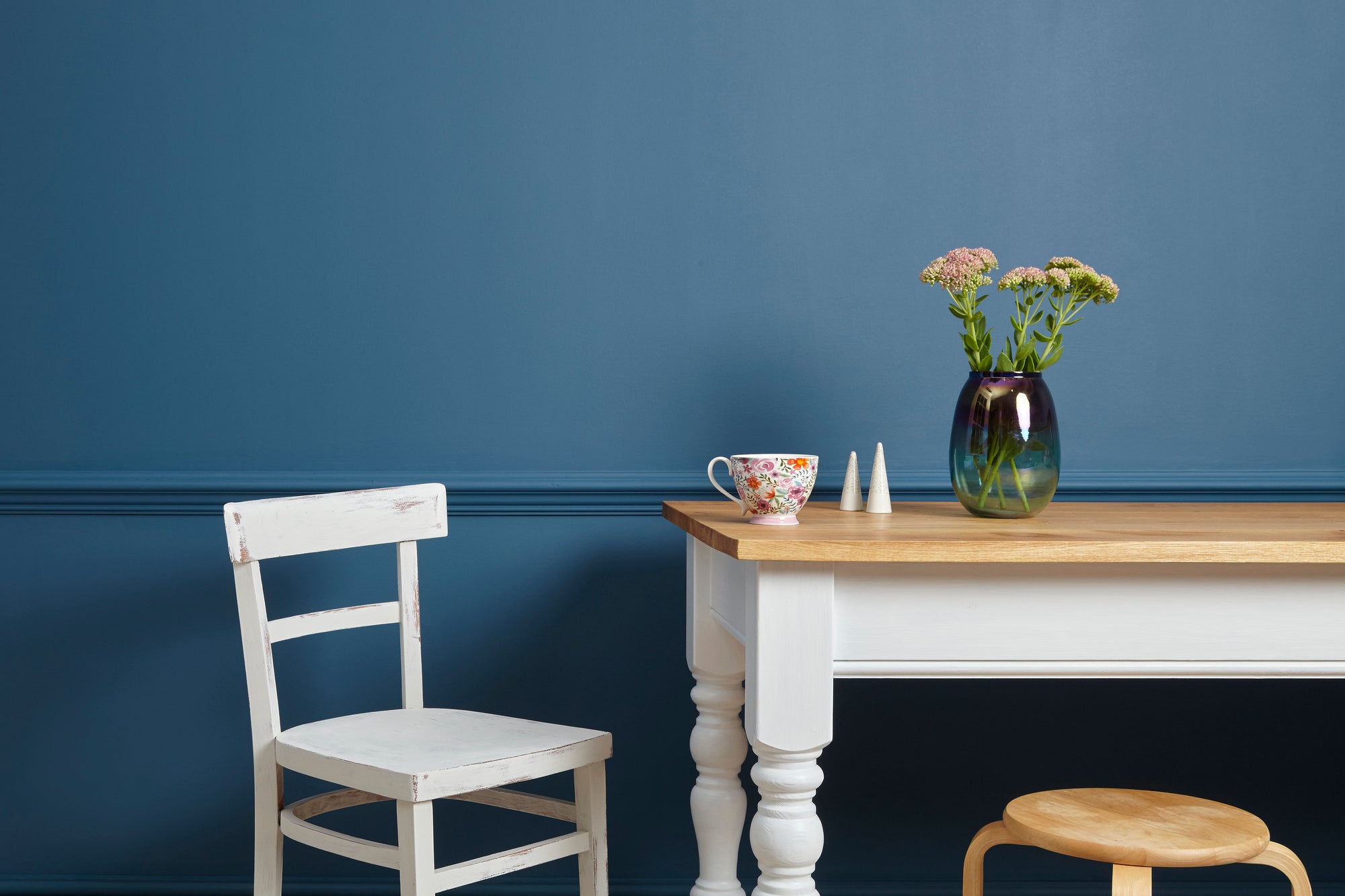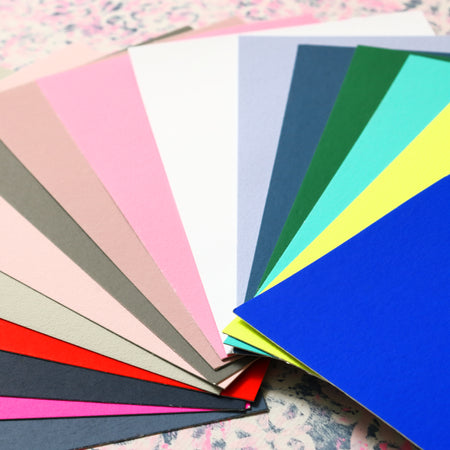Using Colour in Your Home

Setting the colour scheme in your home can be a daunting task. There are so many styles, trends and factors to consider, and it can be hard to know where to begin.
Start with your personal style. What colours do you love? What kind of atmosphere do you want to create in your home? Do you want it to be modern, boho, traditional, Scandi, eclectic or something else? Once you know your personal style, you can start to narrow down your choices.
Consider the size and layout of your home. Not all colour schemes and décor will work in every space. If you have a small home, you’ll want to choose light, airy colours that will make the space feel bigger, as too many dark colours can make it feel cramped. If you have a large home, you can go bolder with your colour choices. Paint a sample of different colours on a wall or use paint colour swatches to see how they look in different lighting conditions.
Think about the amount of natural light. Rooms with lots of natural light can handle bright or darker colours, whilst rooms with less natural light will need lighter, more neutral colours to brighten up the space.
Use the 60-30-10 rule to create a balanced and harmonious colour scheme. This rule of thumb says to use one dominant colour for 60% of the room, a secondary colour for 30% and a third colour as an accent for 10%.
If you are really struggling to pick a colour scheme, use paint colour swatches or a colour wheel to help you choose colours that complement each other and create a harmonious colour scheme that is visually appealing. This doesn’t mean that you have to stick with the one colour scheme, you can mix and match different colours, but it is important that they work well together.
Use colour psychology to your advantage. Do you want your home to be relaxing and calming? Energetic and stimulating? Colours can evoke different emotions, so choose colours that will create the mood you want in each room. For example, cooler colours such as blues and greens are often associated with calmness and relaxation, whilst warm colours such as orange and red are associated with energy and excitement.
Colour can be used to create a focal point. If you have a large blank wall, you can use a bold colour to create a focal point. This will draw the eye and make the room feel more interesting.
Use colour to add depth and dimension. You can use different shades of the same colour to add depth and dimension to a room. For example, you could paint the walls a light shade of blue and then add darker blue accents such as curtains and furniture.
Add pops of colour with accessories, such as throws, cushions, accessories and artwork. This is a great way to introduce new colours into your space without having to repaint walls.
The importance of having the same colour palette throughout the home depends on your personal preferences and the style of your home. Some people prefer a more cohesive look, whilst others like to have each room with its own unique personality. The pros of having the same colour palette are, a sense of unity and continuity throughout the home, your home will feel larger and more spacious, it will be easier to decorate and accessorize and it can be more timeless and classic. The cons are it can be boring and monotonous, your home can feel smaller and cramped, it can be difficult to change the look of your home if you get tired of the colours. Start by choosing a based colour you love such as white, beige or grey, or a vibrant colour like blue, green or red
The best way to find the perfect colour scheme for your home is to experiment. Paint sample walls, move furniture around, and try different combinations of colours and patterns. The more you experiment, the more confident you will become in your choices, and you might be surprised at what you find.
We hope these tips help you. No matter what colours you choose, make sure that you love them and that they make you feel happy and comfortable in your home.



